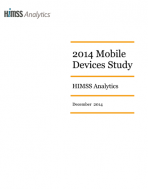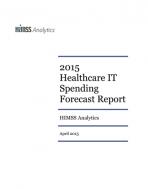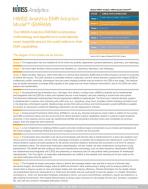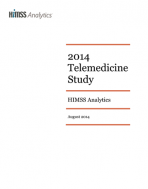Essentials Briefs
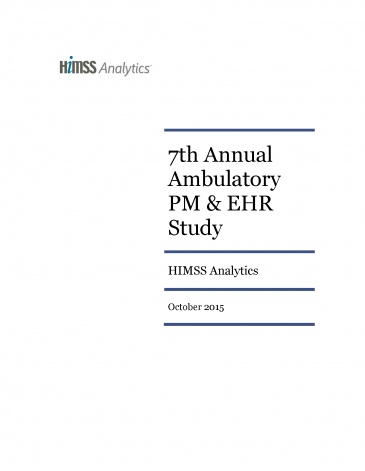
The seventh annual Ambulatory Practice Management (PM) & Electronic Health Record (EHR) Study includes year-over-year trending analysis dating back to 2009, as well as an in-depth look at the current market.
Highlights include:
- Unique Voice of Customer (VOC) from over 700 respondents
- Over 80 percent of the ambulatory market has adopted EHR technology
- Roughly 8 percent of study respondents plan to replace their current ambulatory solution
Get the Study
MORE RESEARCH REPORTS
Over half of US hospitals reported use of smartphones and/or tablet computers at their facilities. 69% of respondents noted that they used apps to access clinical information; however, only 33% reportedly believe they can access most or all of the clinical systems technologies they need via smartphones/tablet computers.
HIMSS Analytics has published the latest version of its hospital healthcare information technology (HIT) forecasting model to project industry spend from 2014 through 2019. HIMSS Analytics’ forecasting methodology uses IT expense data from the previous reporting year (2013) and projected budget data for the current reporting year (2014) as well as for future years to forecast spending over the next five years (2014 – 2019).
Get a detailed look at what each Stage of the EMR Adoption Model entails. Download the PDF preview for a full overview.
Voice of Customer (VOC) insight from over 400 respondents. Approximately 46% of respondents utilize up to four telemedicine solutions within their organization. Two-way video/webcam is the most widely used telemedicine solution (57.8%) and most widely considered (67.1%) for those making a telemedicine investment.

